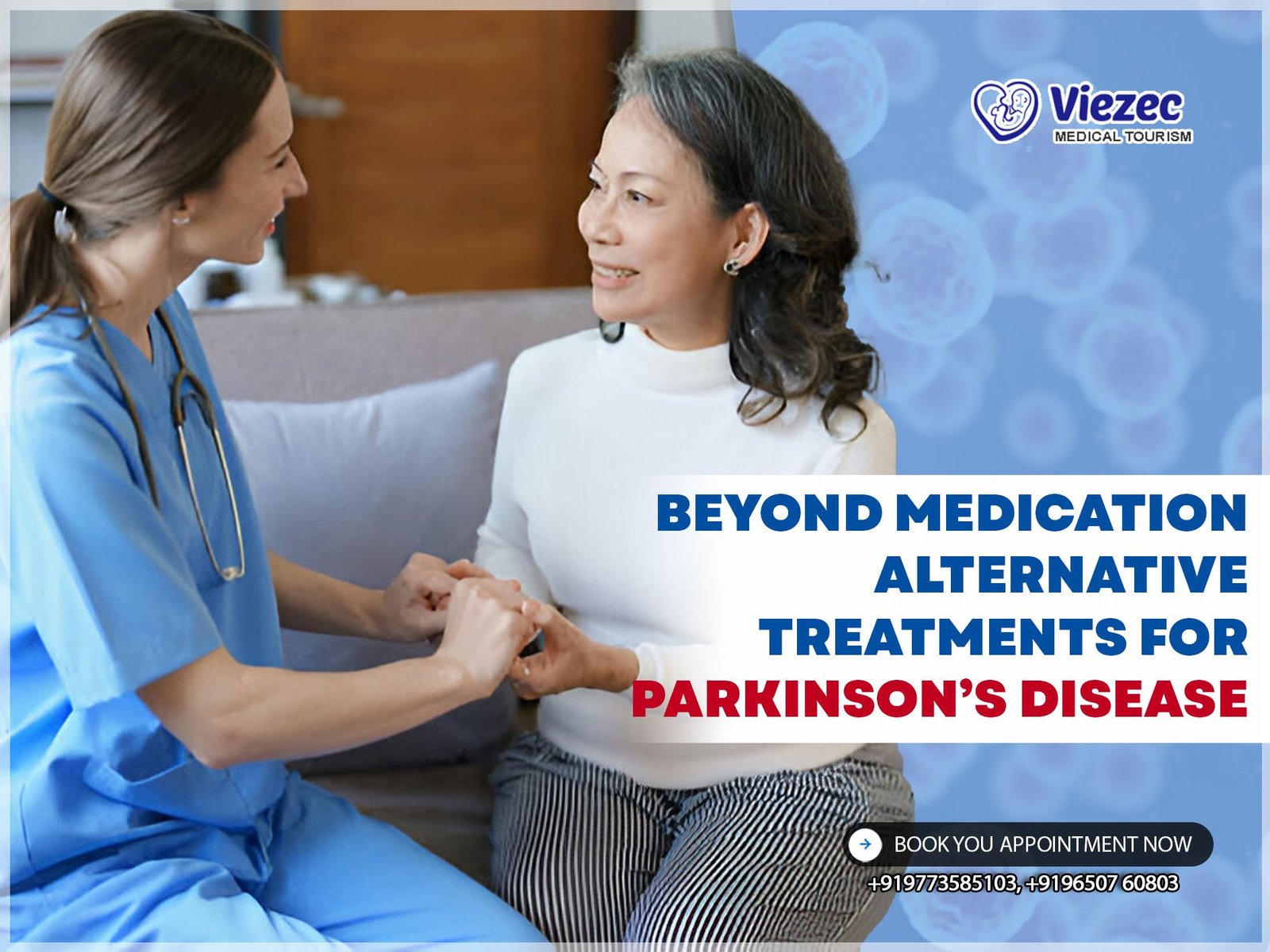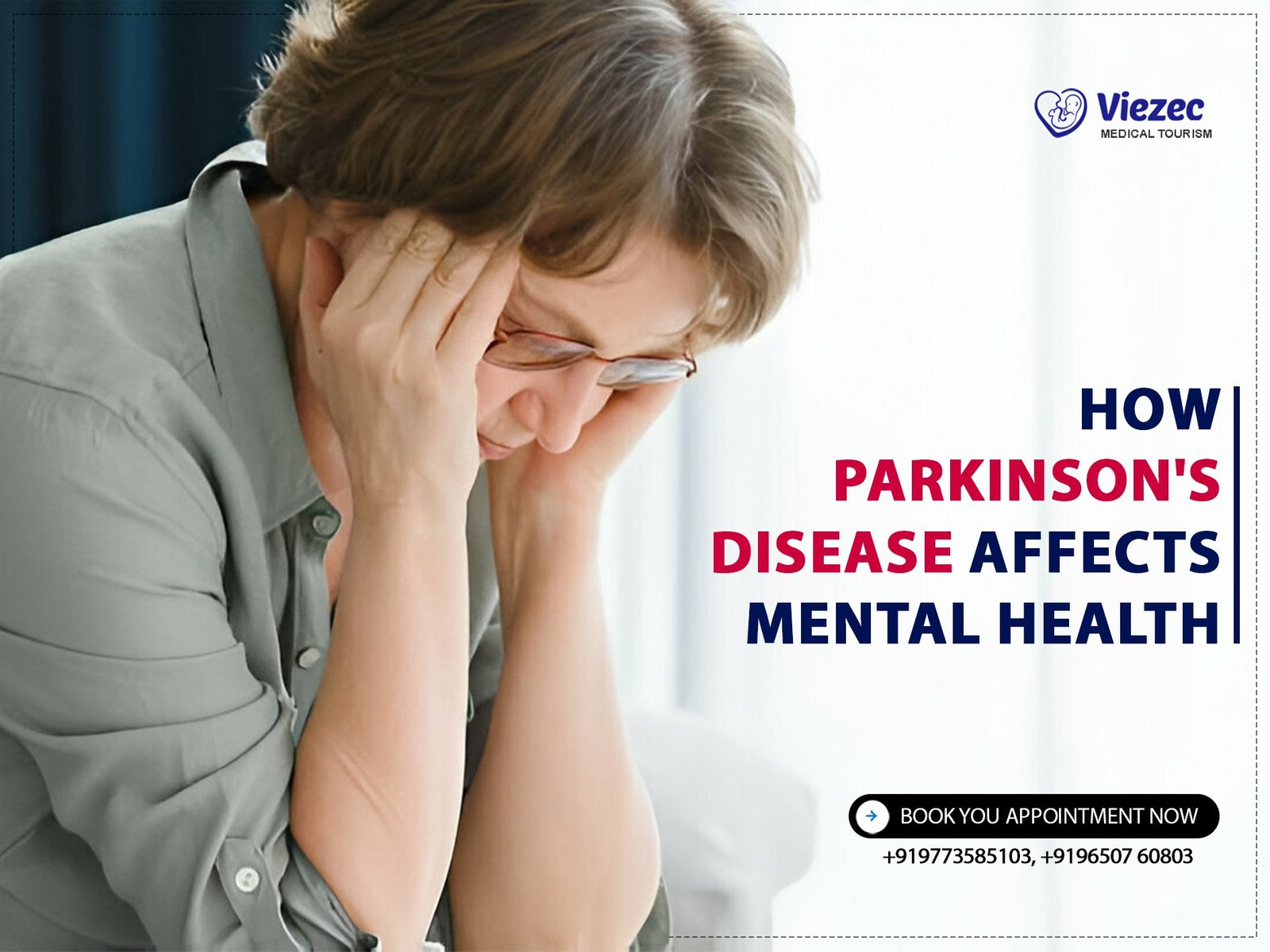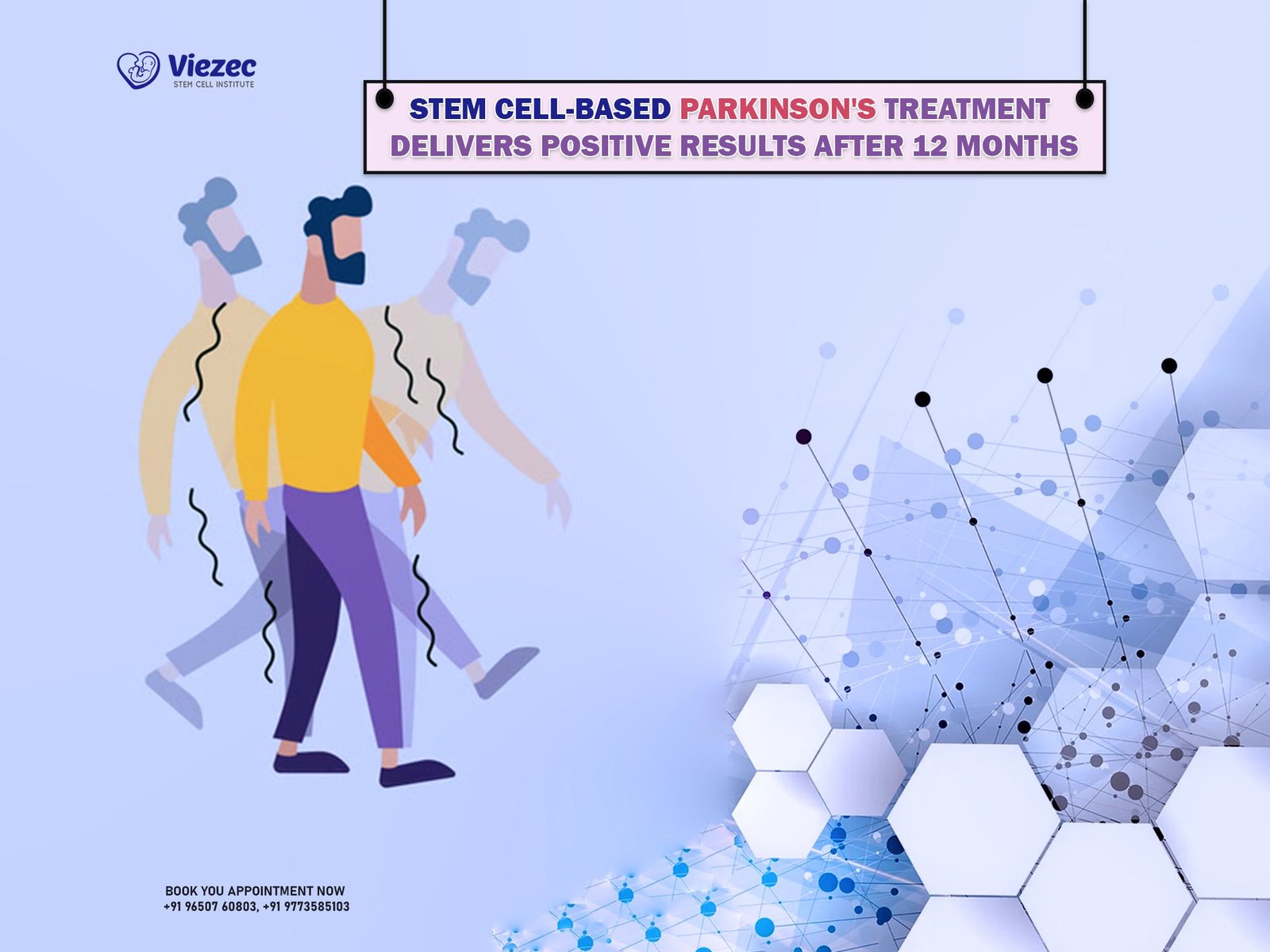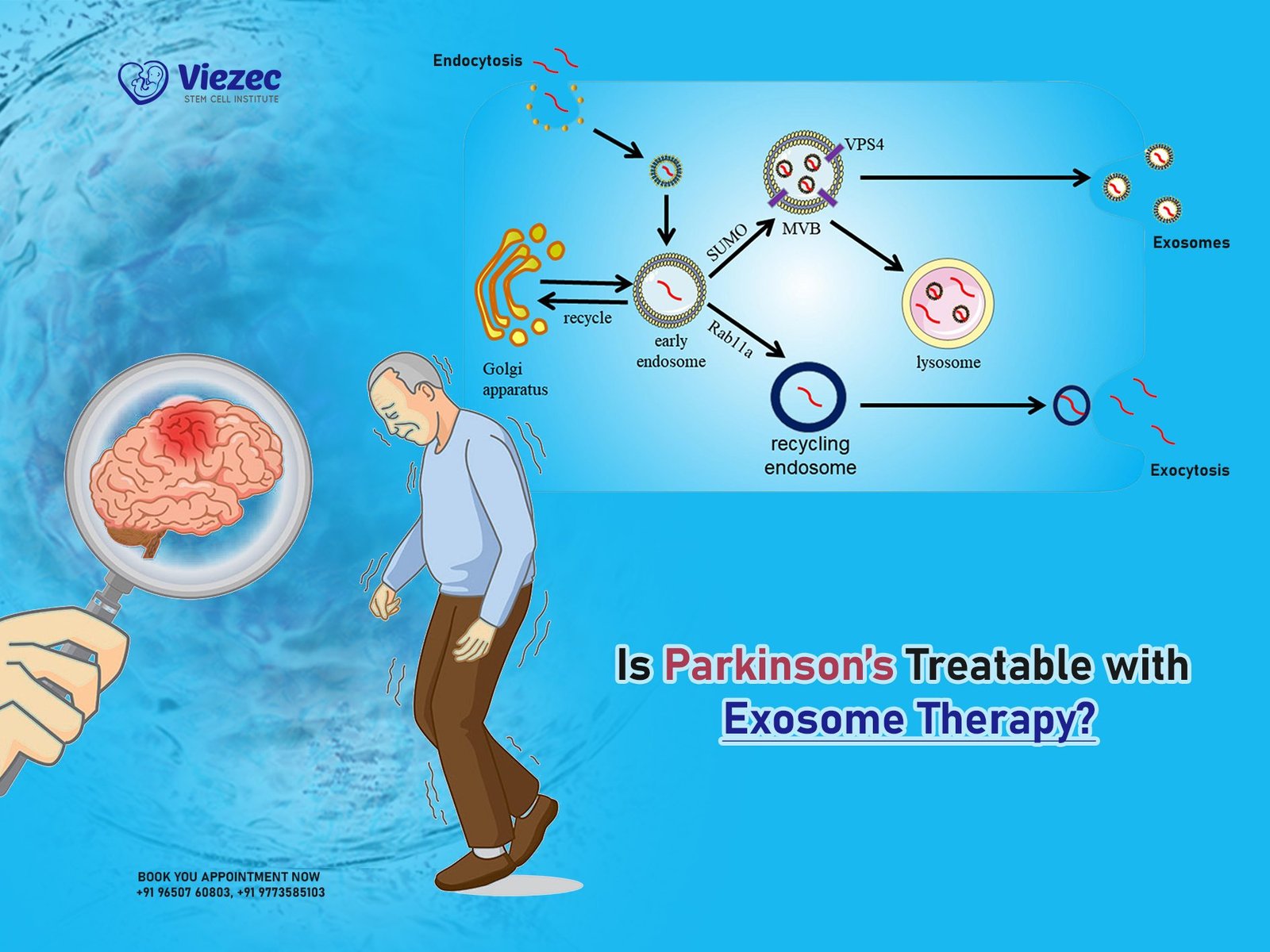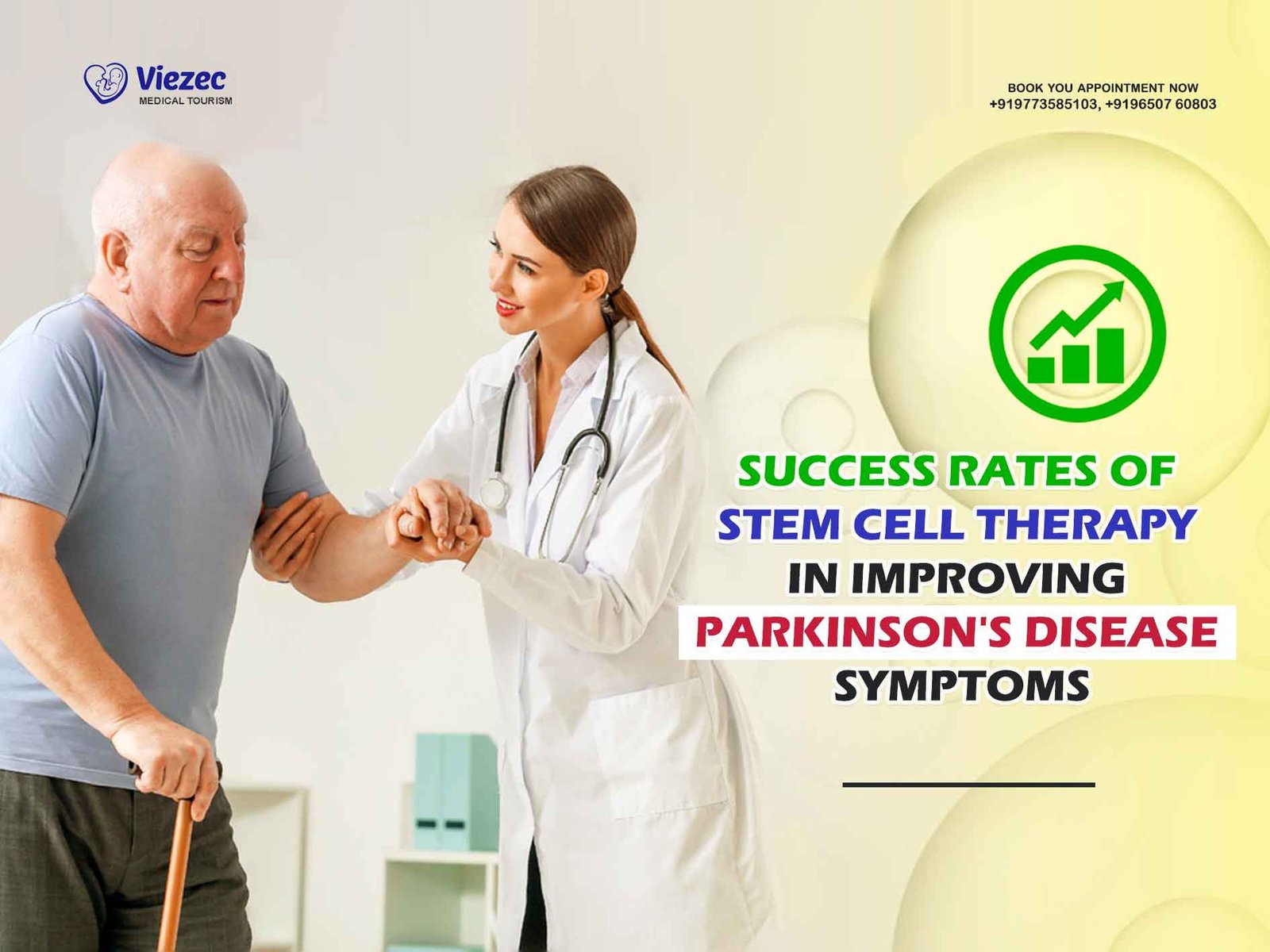Parkinson’s disease (PD) presents a complex challenge to patients, caregivers, and healthcare professionals alike. While medications play a crucial role in managing symptoms, they often come with limitations and side effects. In recent years, there has been growing interest in alternative treatments that complement traditional medication approaches. These alternative therapies encompass a wide range of modalities, from stem cell therapy to dietary interventions, from physical therapy to mind-body practices. Exploring these avenues offers hope for improved symptom management and enhanced quality of life for individuals living with Parkinson’s.
Introduction to Parkinson’s Disease
Understanding Parkinson’s: Symptoms and Progression
Parkinson’s disease is a progressive neurological disorder characterized by a range of motor and non-motor symptoms. Motor symptoms include tremors, rigidity, bradykinesia (slowness of movement), and postural instability. Non-motor symptoms may include cognitive impairment, mood disorders, sleep disturbances, and autonomic dysfunction. As the disease advances, these symptoms can significantly impact daily functioning and quality of life.
Current Challenges in Treatment
While medications such as levodopa, dopamine agonists, and MAO-B inhibitors are commonly used to manage Parkinson’s symptoms, they are not without drawbacks. Patients may experience motor fluctuations, dyskinesias (involuntary movements), and other side effects over time. Additionally, the efficacy of medications may diminish as the disease progresses, leading to the need for alternative treatment options.
Exploring Traditional Medications
Common Medications for Parkinson’s Symptoms
Levodopa remains the gold standard for managing motor symptoms of Parkinson’s by replenishing dopamine levels in the brain. Dopamine agonists and MAO-B inhibitors are also prescribed to supplement dopamine or inhibit its breakdown, respectively. These medications can provide significant relief from motor symptoms, especially in the early stages of the disease.
Limitations and Side Effects
However, long-term use of levodopa may result in motor fluctuations and dyskinesias, while dopamine agonists can cause impulse control disorders and psychiatric symptoms. MAO-B inhibitors may lead to gastrointestinal issues and interactions with other medications. As a result, there is a need for alternative therapies that can complement or reduce reliance on traditional medications.
Promise of Stem Cell Therapy
Stem Cells: An Emerging Frontier in Parkinson’s Treatment
Stem cell therapy holds promise as a potential disease-modifying treatment for Parkinson’s. By replacing damaged or lost dopamine-producing neurons, stem cells have the potential to restore motor function and alleviate symptoms. Various types of stem cells, including embryonic stem cells and induced pluripotent stem cells, are being investigated for their therapeutic potential in PD.
Clinical Trials and Research Findings
Clinical trials exploring the safety and efficacy of stem cell therapy in Parkinson’s have shown encouraging results. Transplantation of dopamine-producing cells derived from stem cells has led to improvements in motor function and quality of life in some patients. Ongoing research aims to optimize cell transplantation techniques and address challenges such as immune rejection and tumor formation.
Ethical Considerations and Future Prospects
Despite its potential benefits, stem cell therapy raises ethical considerations regarding the use of embryonic stem cells and the risks associated with cell transplantation. However, advancements in stem cell technology, including the development of ethical alternatives such as induced pluripotent stem cells, offer hope for addressing these concerns. With further research and clinical trials, stem cell therapy may emerge as a viable treatment option for Parkinson’s disease.
Dietary Interventions and Parkinson’s
Impact of Nutrition on Parkinson’s Symptoms
Emerging evidence suggests that diet plays a significant role in the management of Parkinson’s disease. Certain nutrients, such as antioxidants and omega-3 fatty acids, have been associated with neuroprotective effects and may help reduce inflammation and oxidative stress in the brain. Additionally, a balanced diet rich in fruits, vegetables, whole grains, and lean proteins can support overall health and well-being in individuals with Parkinson’s.
Role of Supplements and Nutraceuticals
In addition to dietary modifications, supplements and nutraceuticals are being explored for their potential therapeutic benefits in Parkinson’s. Coenzyme Q10, vitamin D, and creatine are among the supplements that have shown promise in improving motor symptoms and slowing disease progression in some studies. However, more research is needed to determine the efficacy and safety of these interventions in larger clinical trials.
Physical Therapy and Exercise Regimens
Exercise as a Complementary Treatment
Physical therapy and exercise play a crucial role in managing motor symptoms and promoting overall mobility and function in Parkinson’s patients. Regular exercise has been shown to improve balance, gait, strength, and flexibility, reducing the risk of falls and enhancing quality of life. Exercise regimens tailored to individual needs and abilities can help patients maintain independence and optimize their daily functioning.
Types of Physical Therapy for Parkinson’s Patients
Various forms of physical therapy, including aerobic exercise, strength training, balance exercises, and gait training, can benefit individuals with Parkinson’s disease. Tai chi, yoga, and dance therapy have also been shown to improve motor function and reduce fall risk. In addition to supervised therapy sessions, home-based exercise programs can empower patients to incorporate physical activity into their daily routine.
Improving Mobility and Quality of Life
By addressing motor symptoms and promoting neuroplasticity, physical therapy and exercise regimens contribute to improved mobility and quality of life in Parkinson’s patients. These interventions not only help manage motor symptoms but also have positive effects on mood, cognition, and overall well-being. Incorporating regular physical activity into a comprehensive treatment plan can complement other therapeutic modalities and support long-term management of Parkinson’s disease.
Mind-Body Practices for Parkinson’s Management
Yoga and Meditation: Benefits for Parkinson’s Patients
Mind-body practices such as yoga and meditation offer numerous benefits for individuals living with Parkinson’s disease. Yoga promotes flexibility, balance, and relaxation, while meditation can help reduce stress and improve emotional well-being. Mindfulness-based interventions, including mindfulness-based stress reduction (MBSR) and mindfulness-based cognitive therapy (MBCT), have been shown to enhance coping skills and resilience in Parkinson’s patients.
Mindfulness-Based Interventions
Mindfulness-based interventions focus on cultivating present-moment awareness and acceptance of thoughts, emotions, and sensations. By training the mind to respond skillfully to internal and external stressors, these practices can help individuals with Parkinson’s manage symptoms such as anxiety, depression, and pain. Incorporating mindfulness into daily life can promote greater self-awareness and emotional balance, enhancing overall quality of life.
Stress Reduction Techniques
Stress reduction techniques such as deep breathing, progressive muscle relaxation, and guided imagery can also benefit Parkinson’s patients by promoting relaxation and reducing muscle tension. These practices can help alleviate symptoms of anxiety and improve sleep quality, contributing to better overall health and well-being. By incorporating stress reduction techniques into their daily routine, individuals with Parkinson’s can enhance their ability to cope with the challenges of living with a chronic neurological condition.
Acupuncture and Traditional Chinese Medicine
Acupuncture: Efficacy in Alleviating Parkinson’s Symptoms
Acupuncture, a key component of traditional Chinese medicine, has gained attention as a complementary therapy for Parkinson’s disease. By stimulating specific acupoints along meridians, acupuncture aims to rebalance the flow of energy (qi) and promote healing. Research suggests that acupuncture may help alleviate motor symptoms, reduce medication-related side effects, and improve quality of life in Parkinson’s patients.
Herbal Medicine and Parkinson’s Disease
In addition to acupuncture, herbal medicine is another aspect of traditional Chinese medicine that is being explored for its potential benefits in Parkinson’s disease. Certain herbs and botanicals, such as ginseng, ginkgo biloba, and turmeric, have neuroprotective and anti-inflammatory properties that may help mitigate symptoms and slow disease progression. However, more research is needed to elucidate the mechanisms of action and optimize treatment protocols for herbal medicine in Parkinson’s.
Biofeedback and Neurofeedback Approaches
Harnessing Technology for Parkinson’s Management
Biofeedback and neurofeedback techniques leverage technology to monitor and modulate physiological processes associated with Parkinson’s symptoms. Biofeedback involves providing real-time feedback on physiological parameters such as heart rate, muscle tension, and skin temperature, allowing individuals to learn self-regulation techniques. Neurofeedback, on the other hand, uses electroencephalography (EEG) or functional magnetic resonance imaging (fMRI) to provide feedback on brain activity, enabling individuals to regulate neural patterns associated with motor and cognitive function.
Biofeedback Training for Symptom Control
Biofeedback training has been shown to be effective in helping Parkinson’s patients reduce muscle rigidity, tremors, and freezing of gait. By learning to modulate physiological responses through relaxation techniques, patients can gain greater control over their symptoms and improve overall function. Neurofeedback approaches, including neurostimulation techniques such as transcranial magnetic stimulation (TMS) and deep brain stimulation (DBS), hold promise for modulating neural circuits implicated in Parkinson’s pathology and may complement traditional treatment strategies.
Music and Art Therapy for Parkinson’s
Creative Therapies: Engaging the Brain and Body
Music and art therapy offer creative outlets for individuals with Parkinson’s disease to express themselves and engage in meaningful activities. Music therapy utilizes rhythm, melody, and harmony to stimulate movement, enhance mood, and promote social interaction. Art therapy involves creative expression through various art forms, such as painting, drawing, and sculpting, to facilitate emotional expression and improve cognitive function.
Therapeutic Potential of Music and Art
Research has shown that music therapy can improve motor function, speech articulation, and emotional well-being in Parkinson’s patients. Similarly, art therapy has been found to enhance cognitive abilities, reduce stress, and foster a sense of empowerment and self-expression. By engaging the brain and body in creative activities, music and art therapy offer holistic approaches to symptom management and promote overall quality of life for individuals living with Parkinson’s disease.
Environmental Modifications and Assistive Devices
Adapting Living Spaces for Parkinson’s Patients
Environmental modifications can help individuals with Parkinson’s disease navigate their living spaces more safely and independently. Simple adjustments such as installing grab bars, non-slip flooring, and handrails can reduce the risk of falls and facilitate activities of daily living. Additionally, adaptive equipment such as walkers, canes, and specialized utensils can enhance mobility and functional independence for Parkinson’s patients.
Innovative Assistive Technologies
Advancements in assistive technologies have led to the development of innovative devices designed to support individuals with Parkinson’s in managing their symptoms. Wearable devices such as smartwatches and motion sensors can monitor movement patterns, detect falls, and provide feedback on gait and balance. Robotics and exoskeletons offer potential solutions for mobility assistance and rehabilitation, enabling individuals to maintain or regain independence in daily activities.
Integrative Approaches to Parkinson’s Care
Importance of Holistic Treatment Strategies
The management of Parkinson’s disease requires a comprehensive and integrative approach that addresses the complex interplay of motor and non-motor symptoms. While traditional medications play a central role in symptom management, alternative therapies such as stem cell therapy, dietary interventions, physical therapy, mind-body practices, acupuncture, biofeedback, and creative therapies offer promising avenues for enhancing quality of life and optimizing treatment outcomes.
Moving Forward: Personalized Care Plans
Moving forward, personalized care plans tailored to individual needs and preferences will be essential for optimizing outcomes in Parkinson’s care. By combining evidence-based interventions from both conventional and complementary medicine, healthcare professionals can empower patients to actively participate in their treatment and achieve the best possible quality of life. With ongoing research and collaboration, the future holds promise for continued advancements in Parkinson’s management and improved outcomes for individuals living with this challenging condition.

